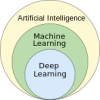Scientists work out way to make Mars surface fit for farming0
- From Around the Web, Science & Technology, Space
- July 15, 2019
Aerogel sheet mimics Earth’s greenhouse effect and could help to create fertile oases
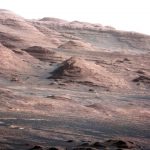
Aerogel sheet mimics Earth’s greenhouse effect and could help to create fertile oases
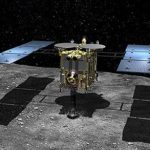
Second successful excursion for JAXA boffins
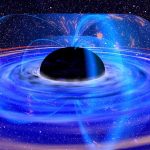
This supermassive black hole weighs approximately 250 million times more than the Sun
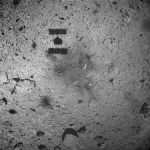
The space probe Hayabusa2 successfully touched down for the second time on the asteroid Ryugu, the Japan Aerospace Exploration Agency (JAXA) said Thursday, adding that it believes subsurface samples have been collected for the first-ever time.
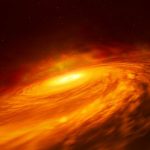
The Hubble Space Telescope, which is operated by NASA and the ESA, is fantastic for spotting objects residing in the distant reaches of space. Black holes, which are impossible to actually see, give their position away thanks to the galaxies that often surround them, but a new survey has revealed a black hole with a disc of material that, according to what we think we know about black holes, shouldn’t even be there.
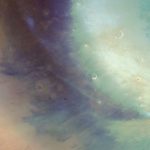
Over the last month, ESA’s Mars Express has been watching dust storms brew at the planet’s north pole and disperse toward the equator.
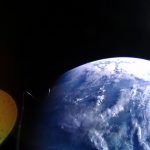
Tagging along on SpaceX’s latest Falcon Heavy launch was a special little satellite, designed by the biggest space advocacy group in the world, the Planetary Society.
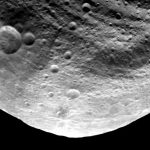
NASA says it can’t afford to build a space telescope considered the fastest way to identify asteroids that might impact the Earth with terrible consequences.
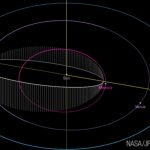
A newly found asteroid has been spotted orbiting the Sun, whizzing past the star every 151 days, the shortest orbit of any space rock on record.
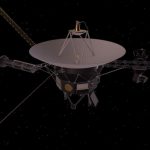
Launched 42 years ago, the Voyager 1 and Voyager 2 space probes are now exploring the outer realms of our solar system. Sadly, the end of the mission is now firmly in sight, but NASA has a plan to keep the probes operational for as long as possible before their power finally runs out.



